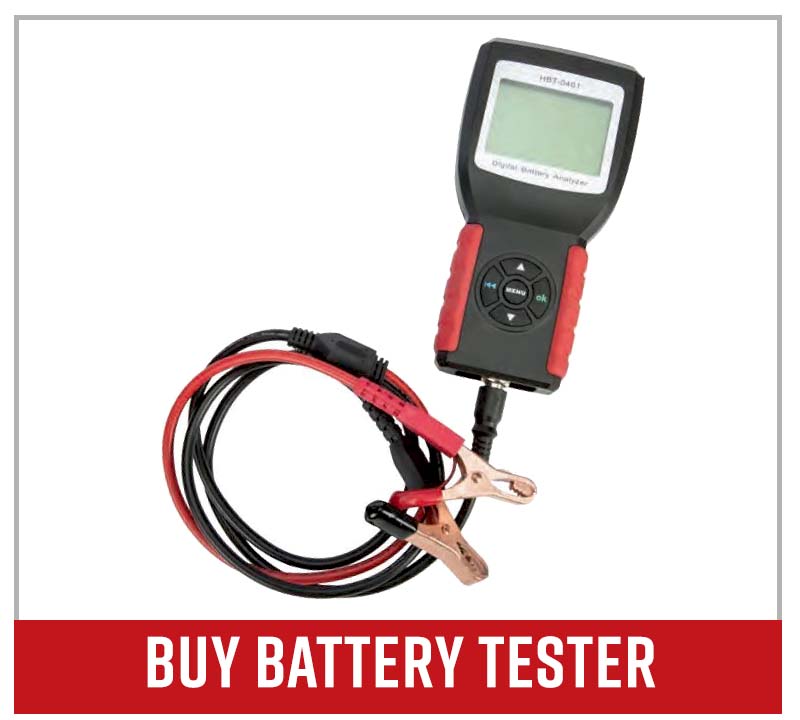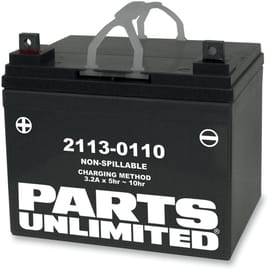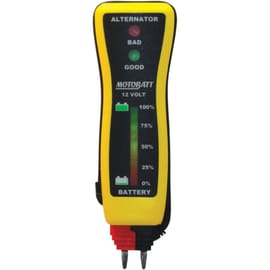Diagnosing Motorcycle Charging System Problems
Understanding the charging system on a motorcycle will help you diagnose any future issues, some that are easier to troubleshoot than others.
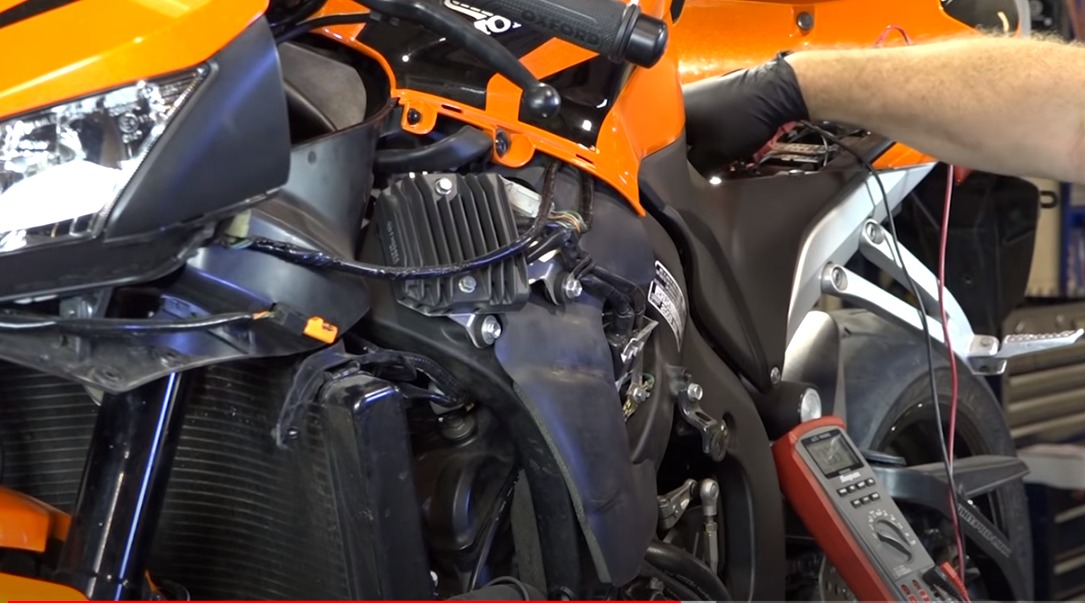
The charging system on a motorcycle is a pretty universal design across most makes and models, with only slight variations between them. Here are some simple diagnostics you can do to troubleshoot charging system problems on a motorcycle.
Watch the video below to see how to test the charging system on a motorcycle.
Check the Motorcycle Battery
Start with the simple stuff. The first place to look when diagnosing a charging or starting problem is usually the battery. Motorcycle’s batteries hold the juice to start up the bike and power on lights when the machine is not running.
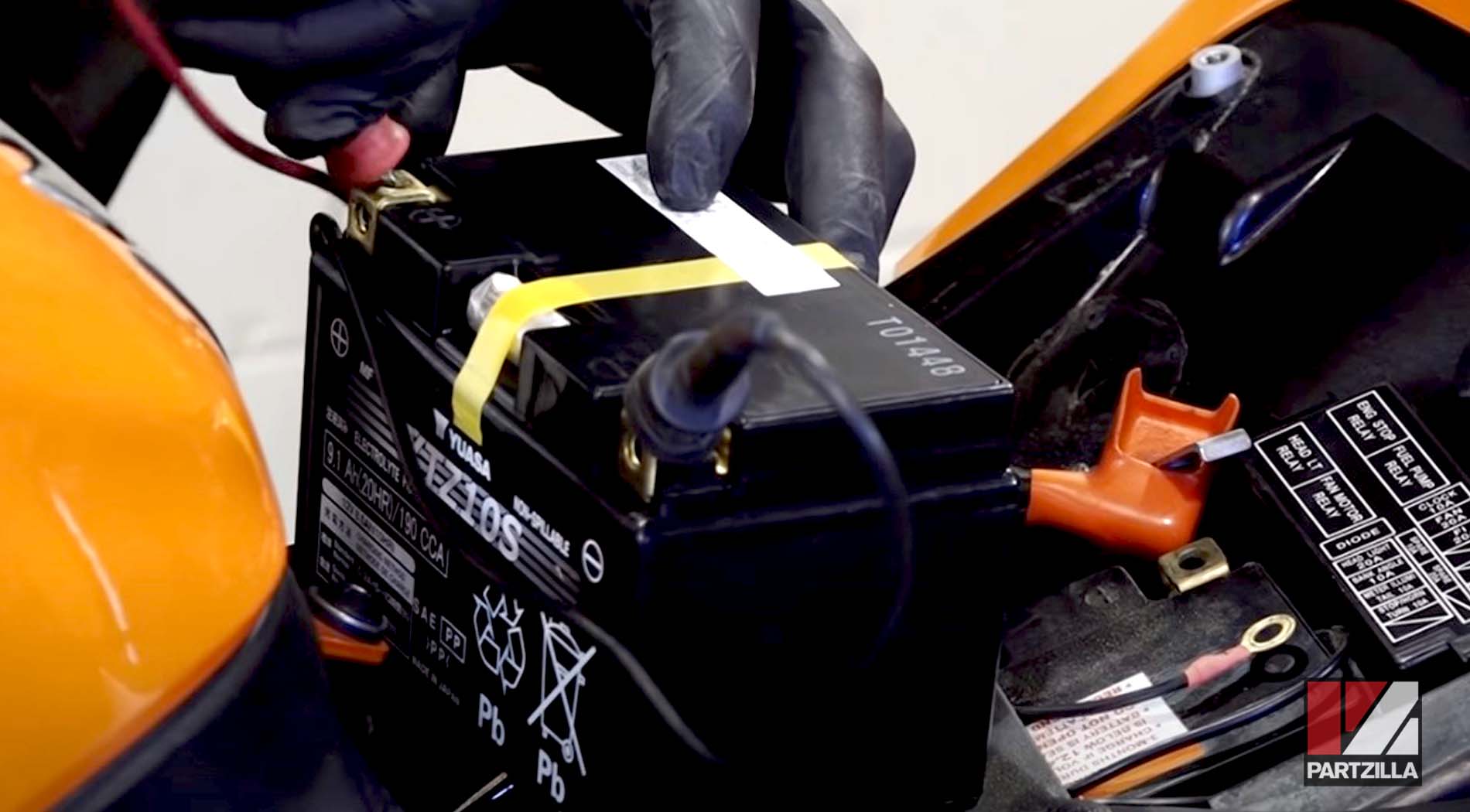
Whenever you’re experiencing charging or starting problems, this should be the first place you look. Checking the battery’s health and troubleshooting problems is pretty straightforward.
Diagnosing Battery Problems: Quick Check
- Check that all connections are tight and not corroded
- Use a digital multimeter or battery tester to check the battery's voltage:
- Standing voltage for a healthy battery should be around 12.5 - 13 volts
- Running voltage while charging should be between 13 - 15.5 volts
A motorcycle's battery has an inline fuse and/or runs straight to a fuse box, then to a starter solenoid relay.
Watch the video below to learn how to diagnose motorcycle battery problems.
Check the Fuses
Fuses are the safety gap between a motorcycle’s battery and other components. If there’s a surge of power, the fuse will break the connection before it travels to the more complicated components, and causes damage to the expensive bits like the bike’s engine control unit.
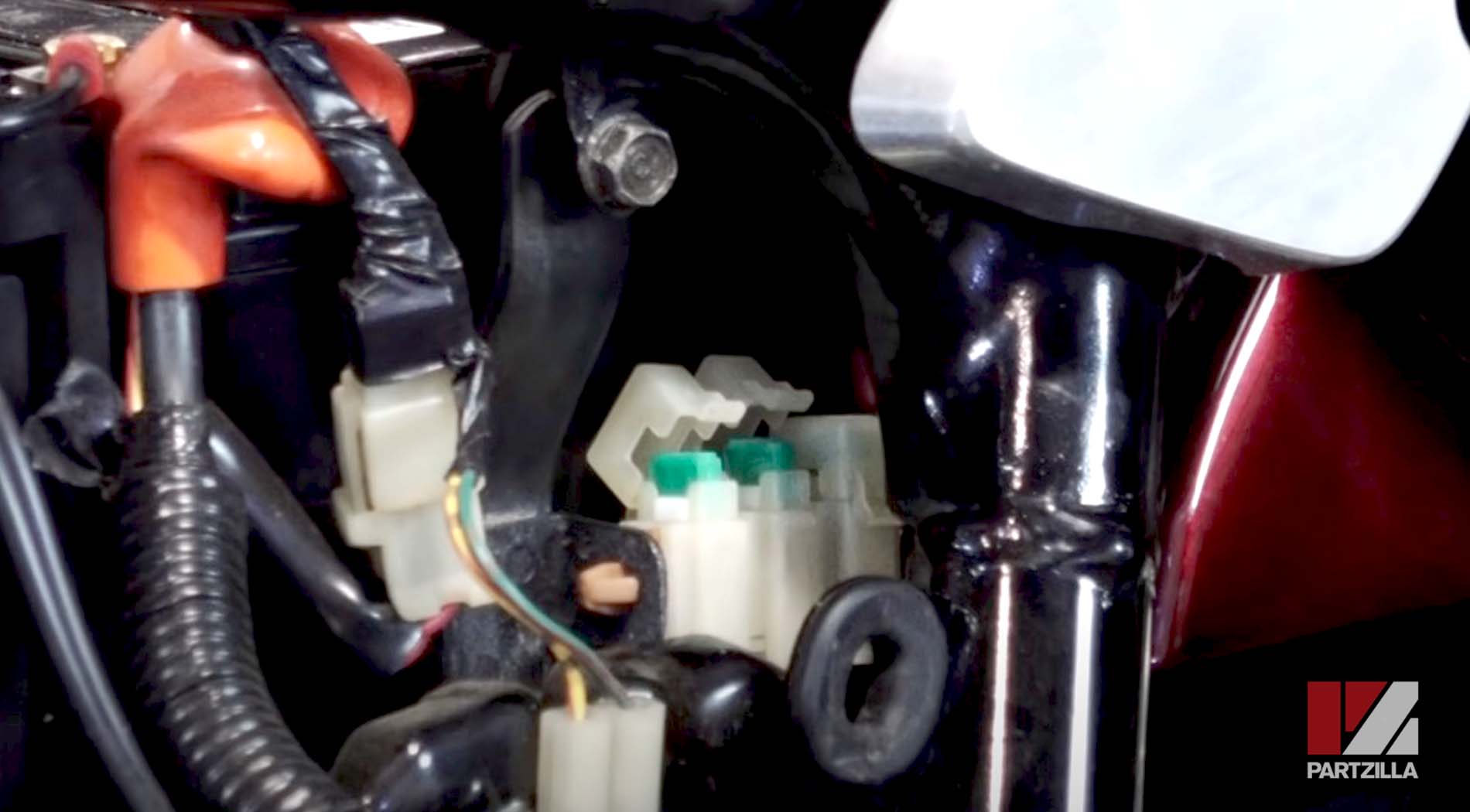
Fuses are the easiest thing to check. Simply pull them out to confirm they’re intact. If a fuse is fried, just pop in a new one, making sure you use the correct size fuse. In other words, putting a 10amp fuse in a 30 amp spot will burn out that fuse.
Watch the clip below to learn how to check the fuses on a motorcycle.
Check the Regulator Rectifier
A regulator-rectifier regulates the voltage coming from the stator to prevent too much power from coming out of it. The regulator-rectifier also converts the alternating current coming from the stator to direct current, which the electronics and battery all use.
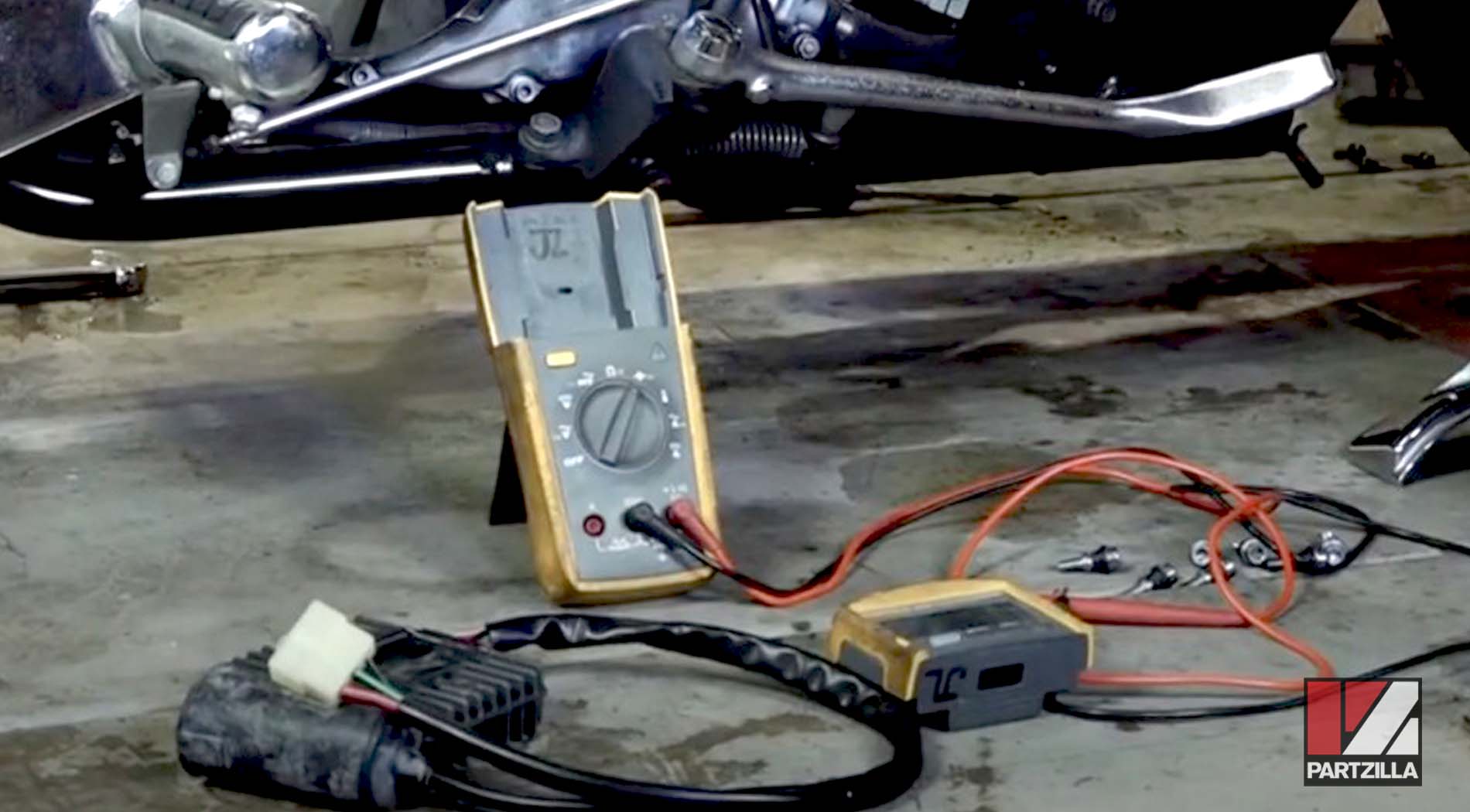
Any power drained from a motorcycle's battery on startup is then recharged for the next use. Once the battery starts the machine, the stator starts generating power and the bike runs on its power. It’s a consistent regulated amount of power to run the electronics on a motorcycle. Due to the heat and amount of power that runs through them, regulator-rectifiers tend to burn out occasionally. You can test a regulator-rectifier by using a multimeter.
Watch the video below to learn how to test regulator-rectifiers.
Check the Stator
Stators are a motorcycle’s version of an alternator in a car. When the engine is running, the stator generates the power to run a motorcycle and charge its battery.

The stator essentially allows the motorcycle to create its own power source. When running, the stator should put out 14-15.5 volts. If it’s generating more or less than that, the stator could be going bad, and if you’re getting more than that at the battery, then the stator and rectifier should be checked.
Watch the clip below to learn how to test a motorcycle’s stator.
Don’t forget to check all of your motorcycle’s connections, and make sure they’re tight and corrosion-free, as many troubleshooting issues can be resolved by simply checking for loose wires or bad connections.
